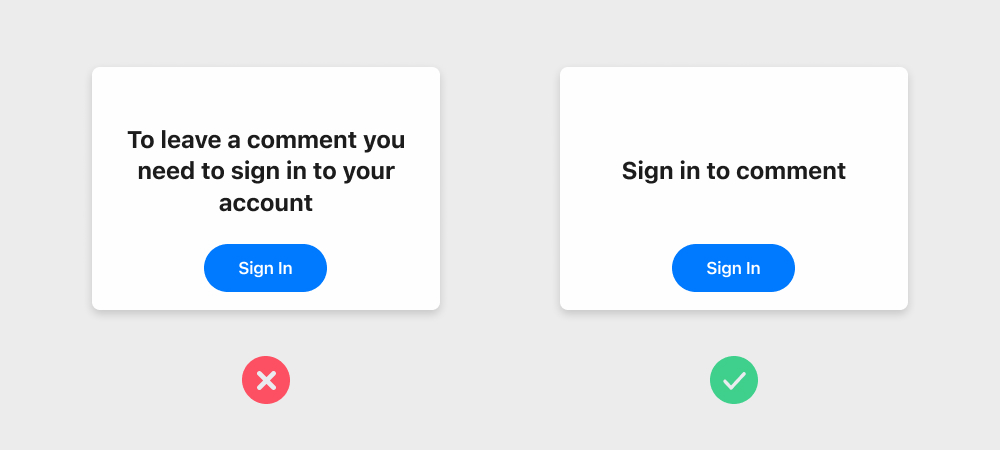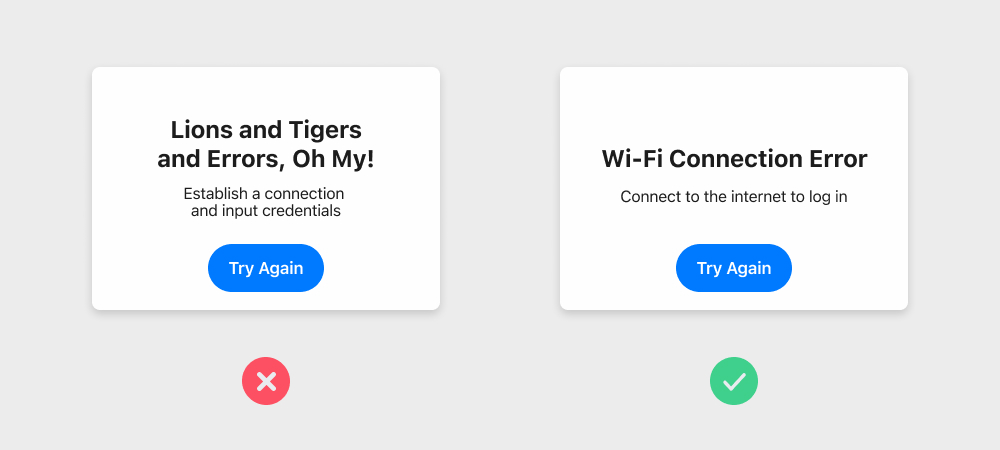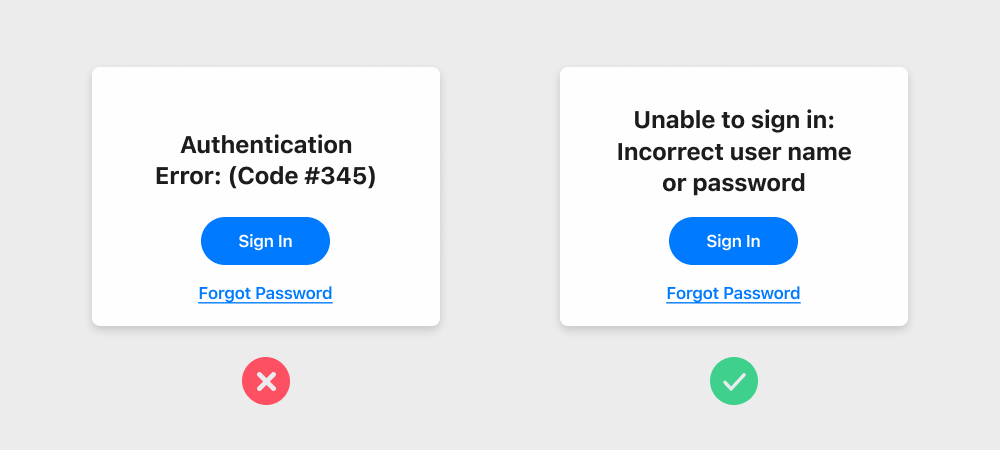
As a Senior User Experience (UX) Designer, I’m often biased toward products that look good and function seamlessly. But the words that appear within those beautiful and functional designs are just as important in helping users navigate and interact with a product. This important component of my job is known as UX writing.
Full disclosure: my wife is a UX writer, and she has drilled this into my head.
UX writing serves as a bridge between users and the product. It helps them understand features, functionalities, and how to interact with the product. Well-crafted microcopy, error messages, labels, and tooltips guide users, without confusing or frustrating them.
When users understand what to expect from a product or service, they are more likely to trust it. Trust, in turn, leads to increased user engagement and loyalty.
Here are a few best practices I’ve learned over the years of writing my own in-product copy.
Be Concise
Users often scan for information, splitting their attention between multiple tasks, so keeping text concise and to the point is crucial. Avoid unnecessary jargon or verbosity.

Be clear
Use plain language that is easy to understand. If a term or phrase could confuse users, consider providing explanations or using simpler alternatives. Clarity should always be a top priority. In UX writing, being clear is more important than being clever, witty, or punny.

Be consistent
Consistency in language, tone, and style across all parts of the interface helps users feel comfortable and familiar with the product. This includes using consistent terminology for buttons, labels, and error messages.
Give context
Context is essential for users to make informed decisions. When writing error messages or instructional text, provide context about what went wrong and how to fix it. Also, make sure to explain why certain information is being collected or requested.

Test and Iterate
User testing and feedback are invaluable in UX writing. Conduct usability testing to observe how users interact with your content and gather their input. Use this feedback to iterate and improve the text.
The Impact of Effective UX Writing
Increased User Engagement
When users can easily understand and interact with a product, they are more likely to engage with it. Well-written calls-to-action (CTAs) and instructions can lead to higher conversion rates and user satisfaction.
Reduced User Frustration
Clear error messages and helpful tooltips can prevent user frustration. Users appreciate guidance when things go wrong, and UX writing can make error recovery much smoother.
Brand Loyalty
Consistent, user-centric language can contribute to building a strong brand identity. Users who have positive experiences with your product are more likely to become loyal customers and advocates.
UX writing is a vital component of user experience design that should not be underestimated or overlooked. It plays a significant role in guiding users, building trust, enhancing accessibility, and ultimately shaping the success of a digital product or service.
By following best practices and focusing on clarity, consistency, and user-centricity, you can create seamless and delightful user experiences, ultimately benefiting both users and businesses alike.
Remember, in the digital world, words matter just as much as design and functionality.